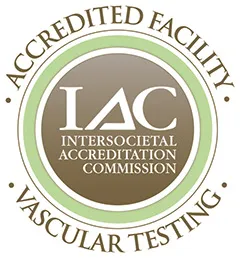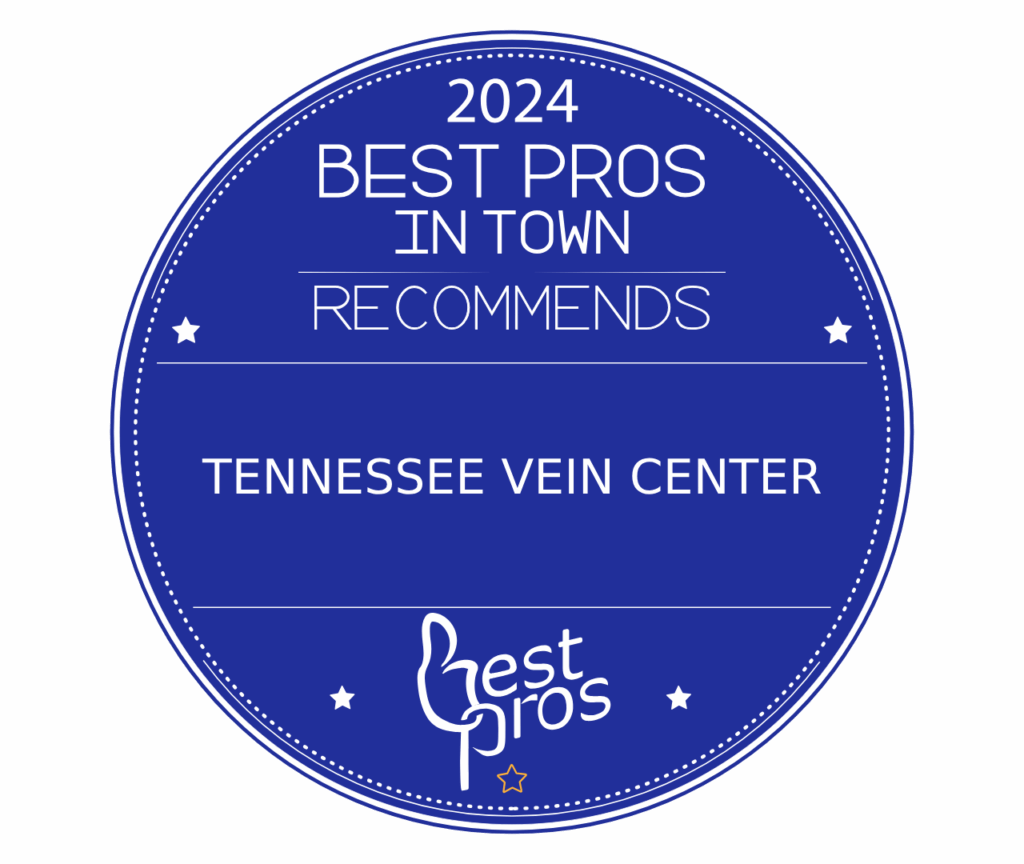Post-Inflammatory Hyperpigmentation (PIH) Treatment
Aesthetic Conditions
Post-Inflammatory Hyperpigmentation (PIH) Treatment
Condition
Post-Inflammatory Hyperpigmentation (PIH) Treatment
Living with skin discoloration caused by post-inflammatory hyperpigmentation can deeply affect one’s self-confidence. It’s not just about the visible marks; it’s about how those marks make you feel about yourself.
At Tennessee Vein Center, we offer the help and support of dedicated specialists who offer cutting-edge treatments that deliver transformative outcomes for diverse patients. Our experts understand the emotional impact of skin discoloration, and are committed to providing personalized care that can restore your natural radiance.
What is Post-Inflammatory Hyperpigmentation?
Post-inflammatory hyperpigmentation (PIH) is a common condition that affects both men and women equally. It occurs when the skin produces excess melanin in response to inflammation or injury, resulting in darkened patches or spots.
PIH can affect all skin types but is seen in significantly higher rates in people with naturally tan or dark skin tones. This is because darker skin has more active melanocytes, the cells responsible for producing melanin, making it more prone to hyperpigmentation after any form of skin trauma or inflammation.
Post-Inflammatory Hyperpigmentation Causes
The causes of post-inflammatory hyperpigmentation (PIH) are varied, encompassing a wide range of triggers. Despite having varied causes, the same trigger can produce different degrees of discoloration in different skin types. For example, a mild acne breakout might cause minimal PIH in one person but result in more pronounced discoloration in another.
The most common causes of PIH include the following:
Infections: Acne, fungal infections, viral infections, and bacterial infections can all lead toPIH as the skin heals.
Allergic skin responses: Conditions such as eczema, dermatitis, and insect bites can result in PIH due to the inflammatory response.
Autoimmune conditions: Diseases like psoriasis can cause PIH because of chronic inflammation.
Injuries: Burns, cuts, scrapes, and cosmetic procedures such as laser therapies and chemical peels can lead to PIH during the healing process.
Medications: Certain drugs, including antibiotics, antimalarials, and antipsychotics, can induce PIH as a side effect.
The duration and severity of PIH depend on the individual’s skin type and melanin deposition depth.
Epidermal PIH, where the pigment is located in the upper layers of the skin, is more likely to fade over time with proper treatment and sun protection. This type of PIH generally responds well to topical treatments and tends to resolve within months to a couple of years.
However, dermal PIH, where the pigment is deposited deeper in the skin, tends to be more enduring and challenging to treat. This deeper pigmentation often requires more aggressive and prolonged treatment approaches, and may not fade as readily as epidermal PIH.
Post-Inflammatory Hyperpigmentation Symptoms
Signs of post-inflammatory hyperpigmentation (PIH) includet he following:
Unraised patch of dark skin that might be tan, brown, or almost black.
Discoloration that appears after an inflammatory skin condition or injury.
Darkened areas that persist even after the initial inflammation or injury has healed.
Patches that are well-defined and may vary in size and shape.
Darkened skin changes that are not infected, painful, or itchy, in contrast to the original inflammation or injury.
Post-inflammatory hyperpigmentation can be difficult to predict, though a healthcare provider can assess the affected area using the following criteria:
Skintone: Individuals with very tan or dark skin tones are more susceptible to significant PIH due to higher melanin production.
Degree of injury or inflammation: More aggressive or prolonged inflammation can lead to more pronounced hyperpigmentation.
Healing time: Areas that take longer to heal are more likely to develop persistent PIH.
Location of the affected area: The face, neck, upper chest, and shins are more susceptible to noticeable PIH.
History of hyperpigmentation: Individuals who have previously experienced PIH are more likely to develop it again following new injuries or inflammation.
Post-Inflammatory Hyperpigmentation Symptoms
Most cases of post-inflammatory hyperpigmentation (PIH) will resolve on their own over time, typically fading within several months to a few years, depending on the individual’s skin type and the severity of the pigmentation. However, for more aggressive forms of PIH, additional treatments may be necessary to expedite the fading process.
Discussing treatment for PIH is critically important because certain interventions, such as chemical peels and intense pulsed light (IPL) treatment, can potentially worsen the condition if not carefully considered and administered.
Laser Treatments for Post-Inflammatory Hyperpigmentation
The Cutera® Laser Genesis™ is an excellent treatment for post-inflammatory hyperpigmentation (PIH) due to its ability to gently and effectively target pigmented areas without causing significant irritation or damage to the surrounding skin.
This non-invasive laser treatment works by stimulating collagen production and promoting the natural healing process, which helps tobreak down excess pigment and improve overall skin tone and texture.
The Cutera® Laser Genesis™ can be particularly beneficial for PIH because it uses a1064 nm wavelength, which penetrates deeply into the skin to target pigmented lesions while minimizing the risk of post-treatment hyperpigmentation. This makes it suitable for a wide range of skin types, including those with darker skin tones who may be more prone to PIH.
For more pronounced or discrete areas of PIH, the Cutera® Laser Genesis™ can be combined with the Cutera® Excel V™ Laser. The Excel V™ Laser uses dual wavelengths (532 nm and 1064 nm) toprecisely target and treat pigmented lesions at different depths within theskin. This combination allows for a more comprehensive treatment approach,addressing both superficial and deeper pigmentation issues.
By combining these two advanced laser technologies, ourspecialists can offer a tailored treatment plan that effectively reduces PIHwhile minimizing the risk of adverse effects. This integrated approach ensuresthat both epidermal and dermal pigmentation are addressed, leading to moreuniform and long-lasting results.
Personalized Care and Treatments for PIH in Tennessee
The caring professionals at Tennessee Vein Center are dedicated to providing their patients with exceptional tools and services that deliver the very best outcomes. Whether you are struggling with pigmentation disorders, spider veins, acne, or any type of benign cosmetic skin condition, our team is committed to helping you uncover your inner glow.
Contact us today to uncover a whole new you!

